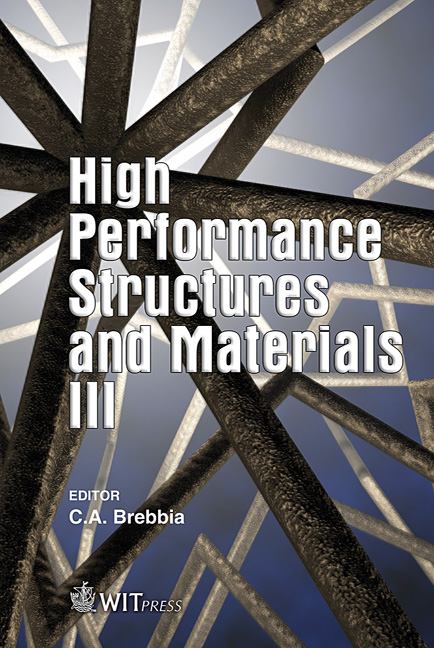Mechanical Properties Of Loosing Natural Fiber Reinforced Polypropylene
Price
Free (open access)
Transaction
Volume
85
Pages
10
Published
2006
Size
749 kb
Paper DOI
10.2495/HPSM060201
Copyright
WIT Press
Author(s)
K. Mizuta, Y. Ichihara, T. Matsuoka, T. Hirayama & H. Fujita
Abstract
As interest in studying environmental issues has grown, the mechanical properties of eco-friendly materials have been studied. In our research, a card machine that enables raw materials to loose and to mix uniformly was used. Fibrous polypropylene and cotton or ramie fiber were used as raw materials since many textiles and apparel are made of such fibers. From a viewpoint of reuse, the loosing technique of the card machine can be effective. We designed anisotropic composites by using the card machine followed by the hot press process. The tensile, flexural and compression properties were investigated. Ramie fiber reinforced polypropylene (RP) was stronger than cotton fiber reinforced polypropylene (CP); however, breaking elongation of composites of CP is superior to that of RP because of the character of natural fiber. The density of composites applied to the loosing technique also affected the strength of composites. It was clear that density is an important parameter to describe the performance of a green composite. Moreover, it was found that the initial fracture in flexural behavior is affected by the compression strength of composites using the loosing technique. Keywords: cotton fiber, Ramie fiber, loosing technique, tensile property, flexural property, compression property, density. 1 Introduction The increasing concerns for environmental issues and the growing eco-friendly society direct universities and makers to development of ‘Green composites’ [1-4]. Green composites should be friendly for both environment and human
Keywords
cotton fiber, Ramie fiber, loosing technique, tensile property, flexural property, compression property, density.





